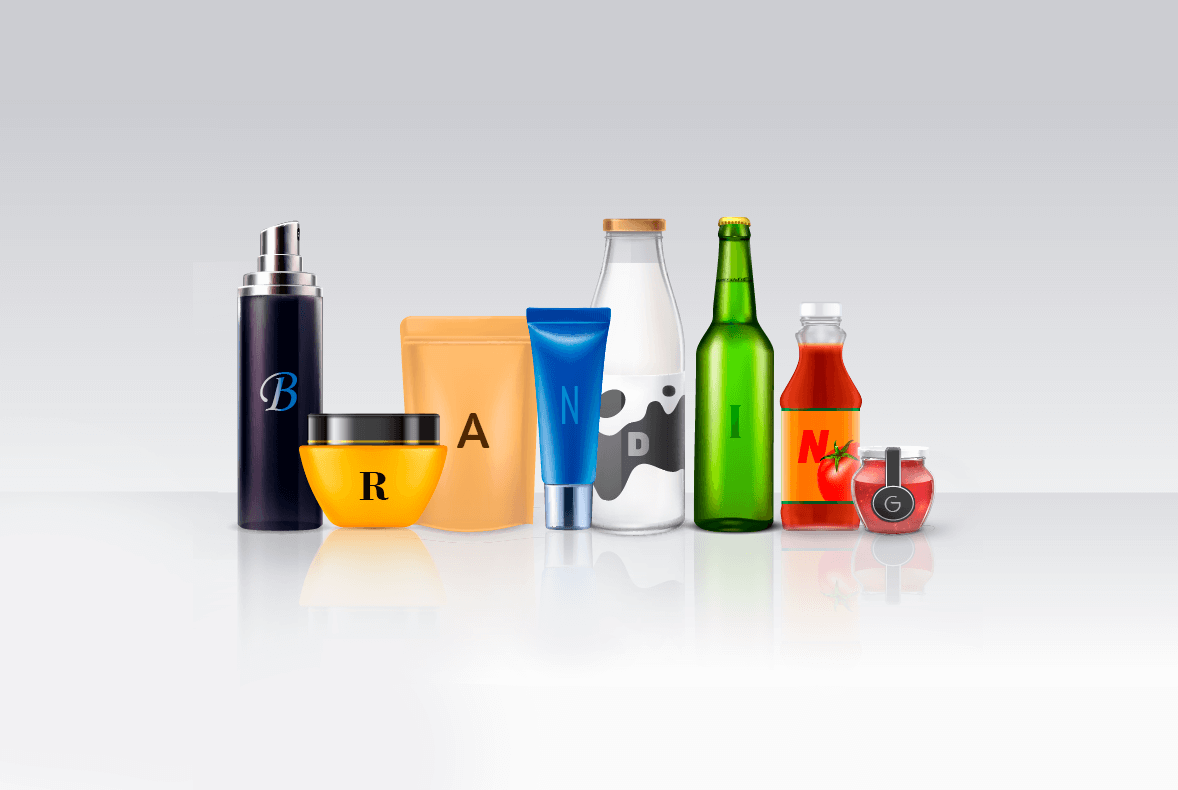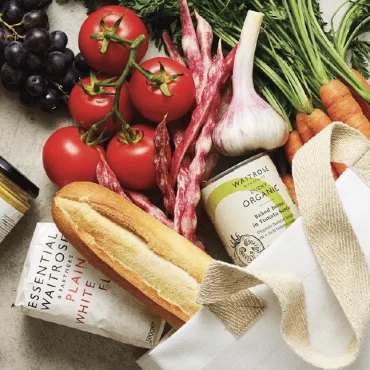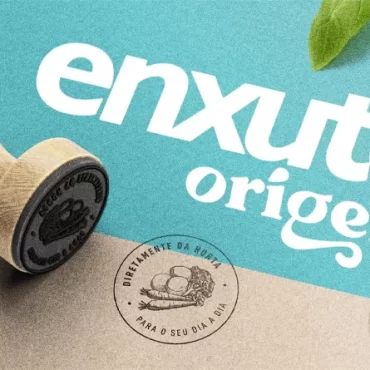Using packaging as a branding strategy

Get inspired
Before reading, let’s do an exercise. Focus your attention, for a few seconds, on the red color below.

If someone told you to associate that color to any soda brand in the world, chances are you would have thought of Coca-Cola, right? That happens because that company’s branding work is extremely effective and one color alone is enough to spark that association.
Coca-Cola knows the power that carries for its business and so it invests in a series of strategies which help it be remembered constantly by customers. The way a color is used in points of sale and marketing campaigns is just one example of an action of this sort. There are many others that strengthen a brand’s positioning and convey the values and ideas for which it works.
Today we are going to focus on an important strategy, which is actually one of our specialties here at Pande: using packaging as a powerful tool to positively influence the branding process. Check it out!
The role of packaging
The strength of a brand is a huge competitive advantage. One of the ways to contribute to it is through packaging, one of the main elements responsible for the creation of emotional bonds with the customer.
Medium and small companies bet on it as channel for advertising a brand, while big corporations use it as an important part of wider-reaching marketing actions. In both cases, the package needs to capture the customer’s attention in order to consolidate the brand. Therefore, companies need to think of their packages as something that actually has a personality with which people can identify, especially if they are coming in contact with the product for the first time.
In that sense, we can say branding goes way beyond a visual identity aligned with the audience the company wants to reach; with packages, it must also add value and convey perceptible benefits for the customer.
In order for branding to be well done, a few factors must be considered at the time of developing a package. Three are listed below:
1) Focus on the target audience
Is your company’s goal to reach the general public or a more demanding niche? The careful analysis of who exactly you want to reach is essential before starting to plan a package. An audience with a higher purchasing power, for example, might be more interested in a sophisticated design with a better finishing, such as a metallic layer. If the product has a broader reach, on the other hand, it can have a less refined design, using simpler materials as to not elevate the total cost.
2) Put quality first
Regardless of your target audience, a package must always have a good source, ensuring the consumer’s safety. Attention to the printing and the finishing are essential: flaws, low quality pictures and assembling mistakes damage the brand’s image.
3) Use the package as a means of communication
It’s through it that the person understands how the product works and what are the benefits that come with it. Well-informed clients have better experiences and end up more satisfied. Therefore, it’s important to build concepts in order to strengthen branding, from the list of ingredients to awareness actions (incentivizing the use of returnable packaging, for example).
Our branding example:
To clarify a bit more this matter of packages as important branding tools, we invite you to check out the projects we made for Native. In those, we decided to employ the color green as the main element of the visual identity and sought an emotional, joyful and fun connection to customers, transforming the product images and the typography into textual elements of the packages. Check it out here and here!




